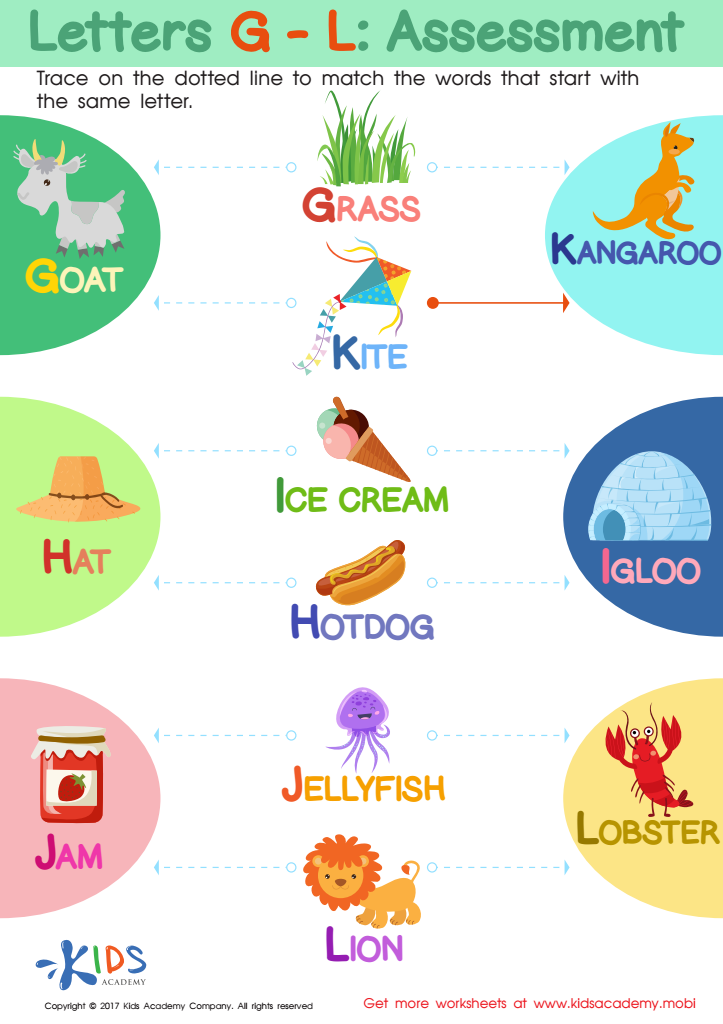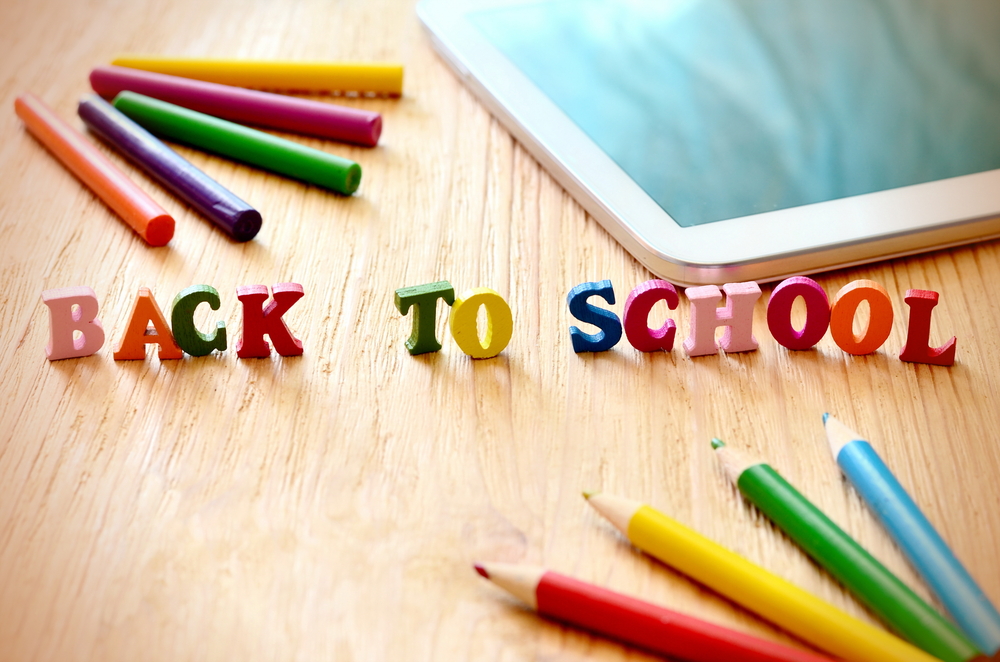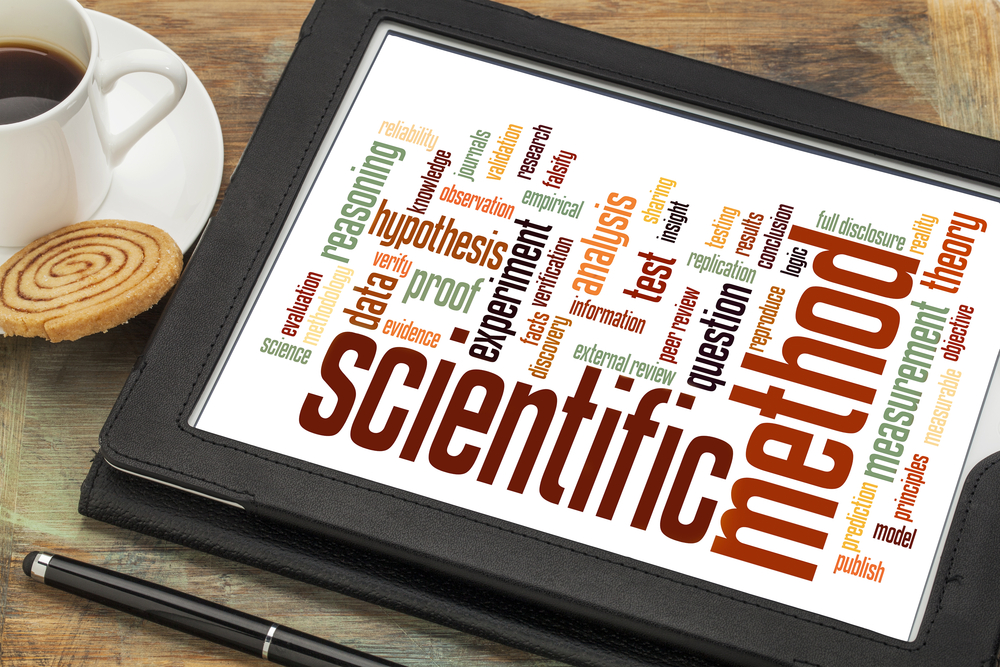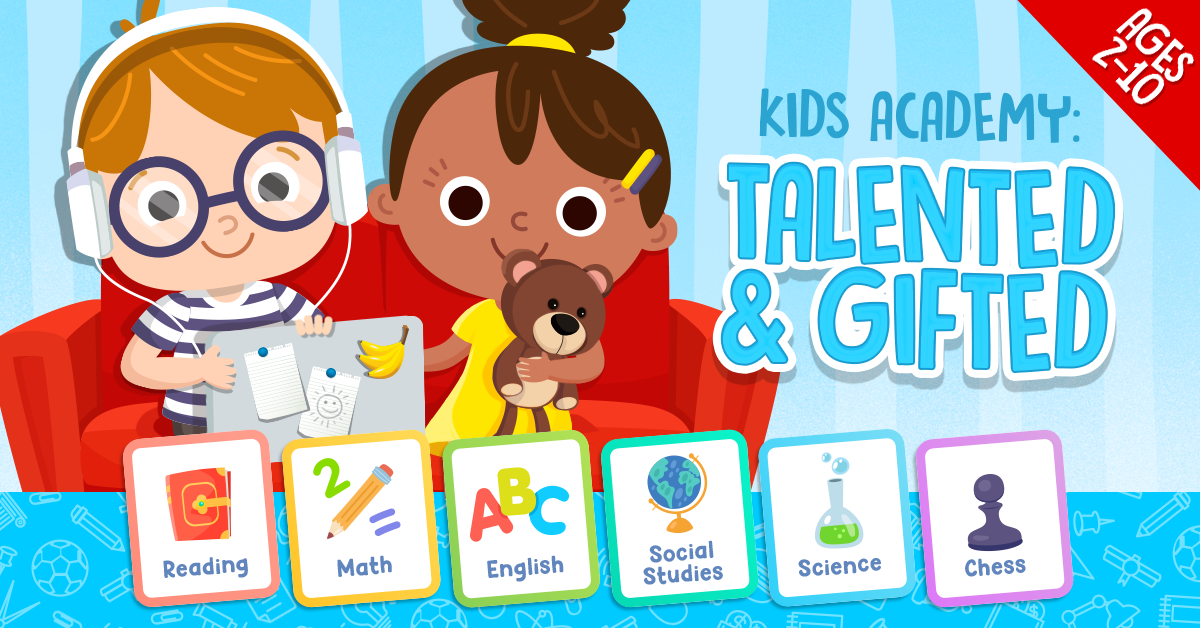Letter Recognition worksheets activities for 4-Year-Olds
1 filtered results
-
From - To


Letters G-L Worksheet
Letter Recognition worksheets activities play a pivotal role in the early educational journey of children. These activities are not just sheets of paper; they are gateways to literacy, facilitating the foundational skill of recognizing and understanding the alphabet. The importance of these worksheets in a child's learning process cannot be overstated, and here's why.
Firstly, Letter Recognition worksheets offer a structured approach to learning. They systematically introduce the letters of the alphabet, ensuring that children recognize both uppercase and lowercase forms. This structured exposure is crucial for laying the groundwork for reading and writing. Children who are comfortable with letter shapes can more easily make the leap to sounding out words, a critical step in learning to read.
Moreover, these worksheets are designed with engaging activities that make learning fun. Whether it’s matching letters, coloring, tracing, or identifying letters in a group, the variety of tasks ensures that children remain engaged and interested. This variety not only holds their attention but also caters to different learning styles, ensuring that all children can benefit from these activities.
Another significant advantage of Letter Recognition worksheets is the reinforcement of fine motor skills. The act of tracing letters or coloring within lines helps children develop the control and precision needed for writing. These motor skills are essential not just for academic purposes but for daily life activities as well.
Furthermore, worksheets provide an easy way for parents and educators to assess learning progress. By observing a child’s ability to complete these worksheets, educators can identify areas of strength and those requiring further attention, allowing for targeted teaching strategies.
In conclusion, Letter Recognition worksheets activities are a fundamental tool in early education. They lay the groundwork for reading and writing, make learning enjoyable, assist in the development of fine motor skills, and provide valuable insights into a child’s learning progress. By incorporating these worksheets into a child's learning routine, we set them up for a successful educational journey.
 Assign to the classroom
Assign to the classroom



.jpg)








